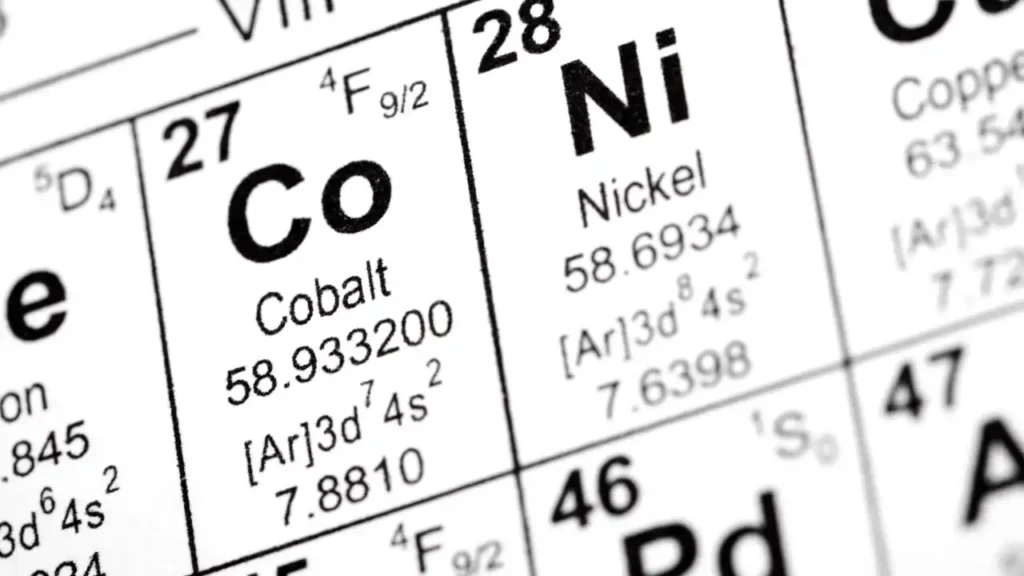Stainless steel has been in use for more than one hundred years. It comprises a wide range of iron-based alloys, but unlike conventional steel they are resistant to corrosion and do not rust when exposed to water alone. The alloying element that makes steel ‘stainless’ is chromium; however it is the addition of nickel that enables stainless steel to become such a versatile alloy.
In addition to corrosion resistance, nickel-containing stainless steels are easy to form and weld; they remain ductile at very low temperatures and yet can be used for high-temperature applications. In addition, unlike conventional steel and non-nickel-containing stainless steel, they are non-magnetic. This means they can be made into an exceptionally wide range of products, spanning applications in the chemical industry, the health sector and domestic uses. In fact, nickel is so important that nickel-containing grades make up 75% of stainless steel production. The best-known of these are Type 304, which has 8% nickel and Type 316, which has 11%.
The properties of Nickel –containing Stainless Steel
Formability
The austenitic structure provides stainless steels with good ductility and formability. The common 18% chromium/ 8% nickel Type 304 in particular shows good stretch-forming characteristics. Their excellent formability has led to 300-series austenitic alloys being widely used for items such as kitchen sinks and cooking pots.
Weldability
Many pieces of stainless steel equipment are fabricated by welding. In general, nickel austenitic alloys are better for welding than other alloys, with Types 304 and 316 being the most widely-fabricated stainless steels in the world. They are readily weldable in both thick and thin sections.
Toughness
Toughness – the ability of a material to absorb energy without breaking – is essential in many engineering applications. Most stainless steels have good toughness at room temperature, however, as temperature decreases the ferritic structure becomes progressively more brittle, making ferritic stainless steels unsuitable for use at cryogenic temperatures. In contrast, the common austenitic stainless steels retain good toughness even at liquid helium temperatures (-270oC), which is why grades such as Type 304 are widely used for cryogenic applications.
High Temperature Properties
Adding nickel gives the austenitic alloys of stainless steel significantly greater high-temperature strength than other alloys, particularly the ability to resist the tendency to move slowly or deform permanently under mechanical stresses, known as creep. Nickel also stabilises the protective oxide film and reduces spalling during thermal cycling. This is why austenitic alloys are preferred for high-temperature applications and where fire resistance is needed.
Sustainability
Most nickel-containing materials are fully recyclable at the end of the product’s useful life; indeed their high value encourages recycling. This, in turn, lessens the environmental impact of nickel-containing stainless steels by reducing both the need for virgin materials and the energy that their production uses.
Ease of Production
Ease of production is not something that is immediately apparent to the end user. However, long experience of manufacturing the common austenitic alloys, their widespread use, their versatility and the scale of their production have allowed them to become widely and economically available in all shapes and quantities and in all parts of the world.


